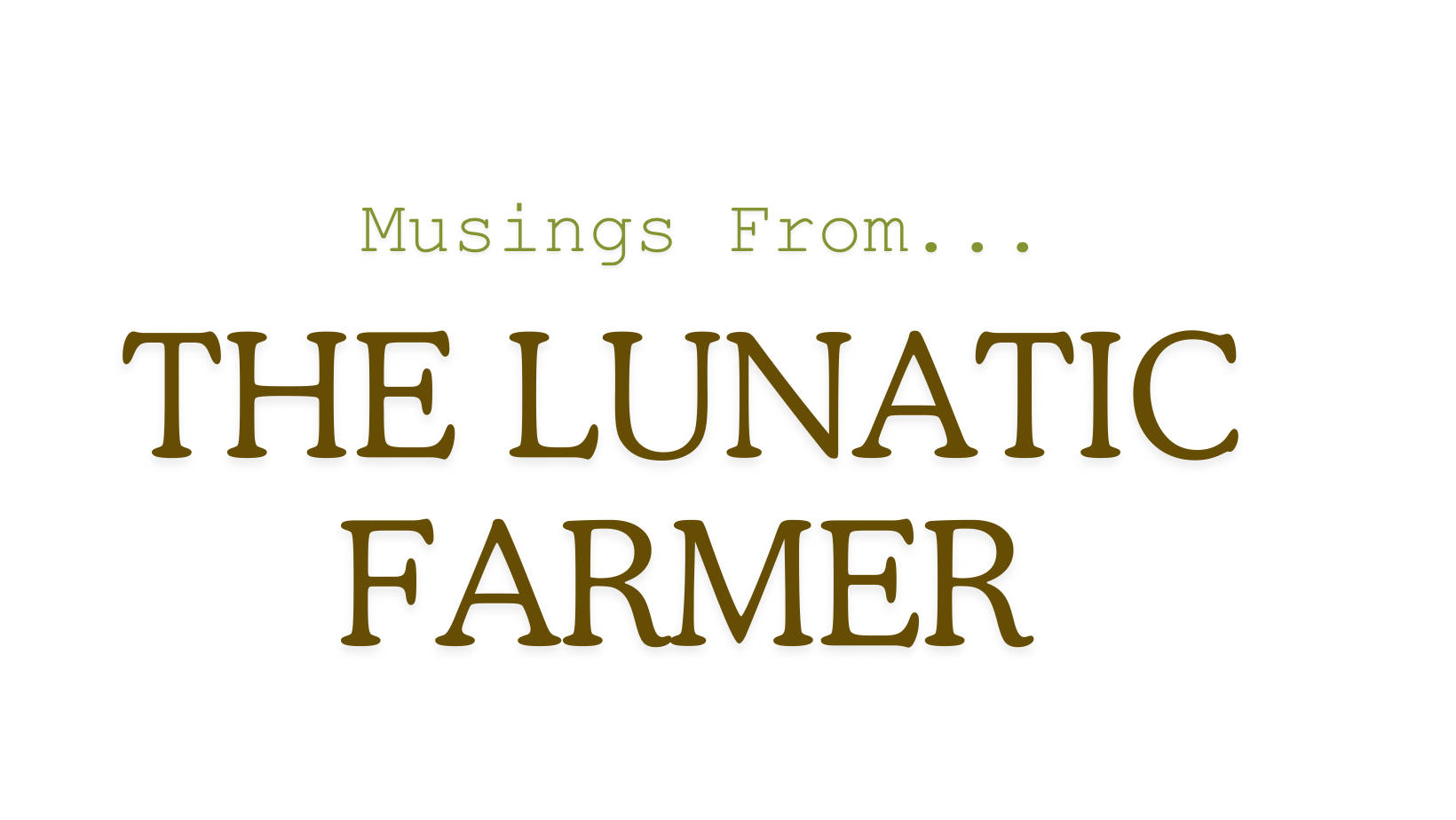DRUGS IN ORANGE JUICE
I just spent a couple of days in and around Orlando, Florida, the heart of Florida’s orange production country.
Instead of beautiful green trees, I saw thousands of acres of dead, scraggly trees. Just a few years ago, Florida produced 240 million 90-lb. crates of oranges. Last year it was about 40 million and this year the crop is expected to be below 20 million.
A disease is running rampant through the groves and turning many of these farms upside down financially and emotionally. But before you get too weepy about their plight, realize that the standard practice with this landscape is scorched earth.
They put copious amounts of herbicide under the trees, leaving nothing but white sand. Any semblance of vegetative cover or biological diversity is gone. It’s the most inhospitable looking environment you can imagine.
Right now, the cure the growers are most excited about is drilling a hole in the tree and dripping antibiotics into the sap. That seems to be working, but of course the antibiotics will go into the oranges. Yum. So just when the livestock industry shifted from antibiotics to mRNA genetic manipulation, the orange producers are shifting to drugged oranges.
I met a fellow who has a grove and is using a biological foliar application instead. He’s treating the soil with Essential Microbes (EM) and applying wood chip mulch along with vegetative cover cropping under the trees. It seems to be working. Isn’t that amazing?
He explained that the oranges attract five nematodes, but only one is bad; the other four are good for the trees. The bad one loves hot soil. The scorched earth policy practiced by orthodox producers eliminates protective vegetation. Devegetated soil in Florida gets exceptionally hot, especially on those sandy profiles.
Here we have the classic battle between a conventional mechanistic view of life versus the biological view of life. The darling of the industry is a drug drip—the mechanical view. But a biological approach creates a healthy orange tree habitat. Guess which one will win? Meanwhile, the mainstream media will report the rising price of oranges, the plight of the Florida citrus growers, the devastation to rural economies, and the bogeyman from out there, from unknown sources, wreaking havoc with our food supply.
The guy with the answers, who dares to come to the earth humbly, who dares to bring a diversified plant and microbial guild to the tree, never gets an interview. His voice is drowned out by drug chatter and shallow journalists. Normal people shake their head at yet another assault on our food system, blaming gremlins and angry gods for our problems. No, folks, the problem is us. We caused it and we can fix it, but only with landscape caress. Drug sledgehammers are not the solution. The narrative will be simple: “we have to use drugs in order to keep the orange producers in business and keep customers supplied.”
Are you looking forward to drinking orange juice laced with antibiotics?
